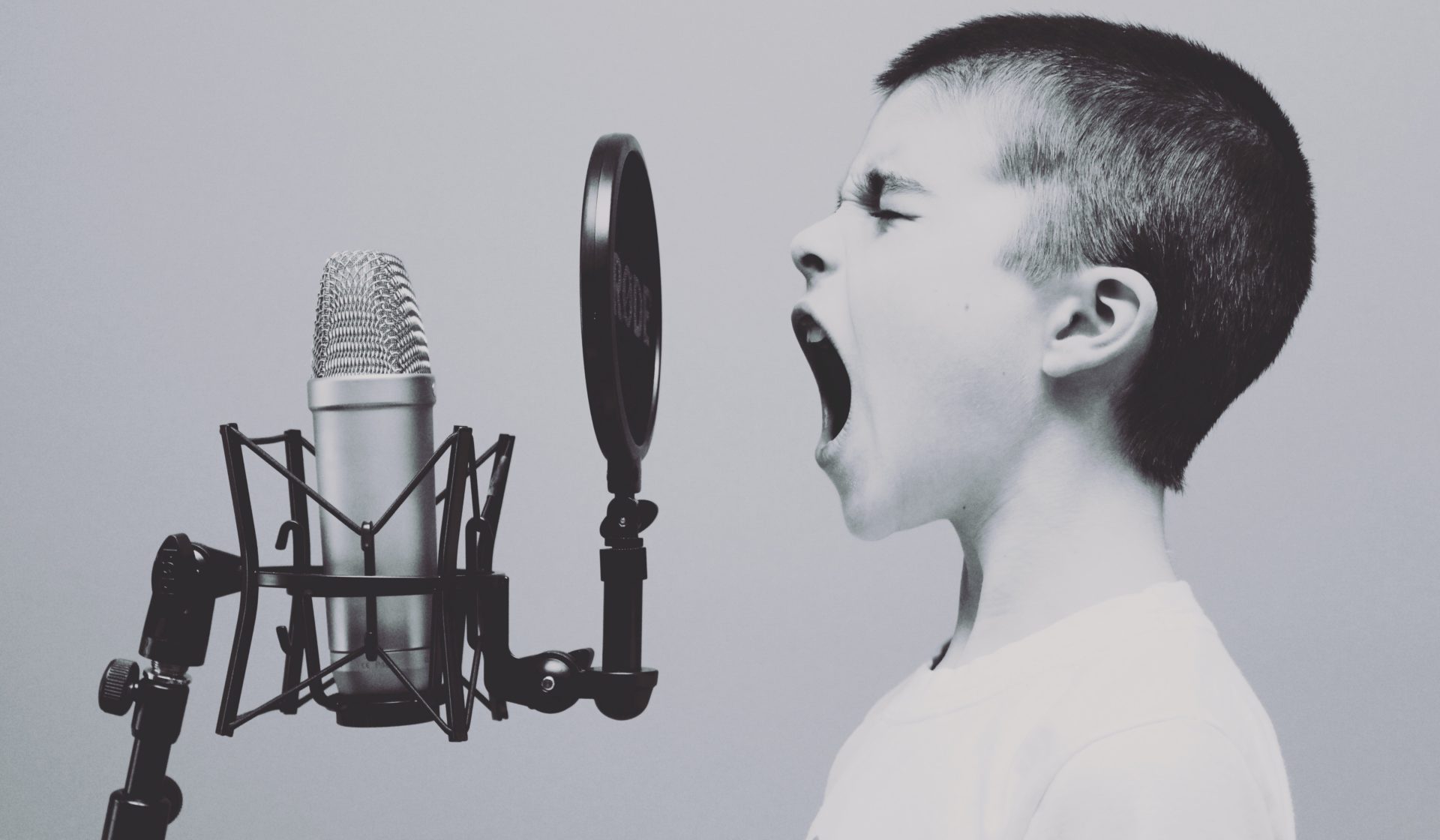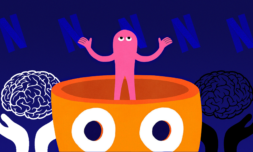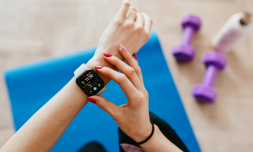By listening to the pitch, tone, word choice, and pauses in your speech, it can create a ‘stress portrait’ to illustrate areas of tension within your body.
Here at Thred, it goes without saying that we’re suckers for the latest in quirky tech innovations.
While we certainly have a knack for keeping up-to-date with the insatiable human desire to constantly evolve in this sphere, AI tools are something of an anomaly to us, transitioning from farfetched ideas to reality at such a rapid pace we’re sure it won’t be long before we’re using them in the office.
To an extent, we already are. From submitting prompts to Elon Musk’s rather disturbing text generator to toying with Uberduck so we can rejig our favourite pre-existing songs, we certainly have a fair share of experience with this form of entertainment.
Jokes aside, however, Artificial Intelligence is also proving to be quite revolutionary for mental health research (a little more progressive than our newfound ability to have articles read like an Eminem track, I might add). But how did this recent foray into analysing our psychological state come about?
With the world’s first voice-activated stress test, of course. Developed by health service Cigna International, the online tool can identify your anxiety using just sound.
Not only this, but it will then build you a ‘stress portrait’ to show you that whatever’s keeping you up at night isn’t solely manifesting itself as muscle tension, a headache, or exhaustion.
‘More than 20 years of research were expanded upon by applying advanced machine-learning techniques to one of the largest datasets of labelled anxiety speech in the world,’ states Cigna’s website.
‘The algorithms have been tested on more than 15,000 individuals aged 18 to 80 and are robust enough to support different populations with varying accents and levels of speaking abilities.’
To acquire this non-physical, measured reading of the user’s anxiety, Cigna StressWaves Test listens to the pitch, tone, word choice, and pauses in their speech.
It then analyses these acoustic and semantic voice patterns to evaluate quite how anxious they are, resulting in the aforementioned visual representation of where on the body they’re feeling it most.






















